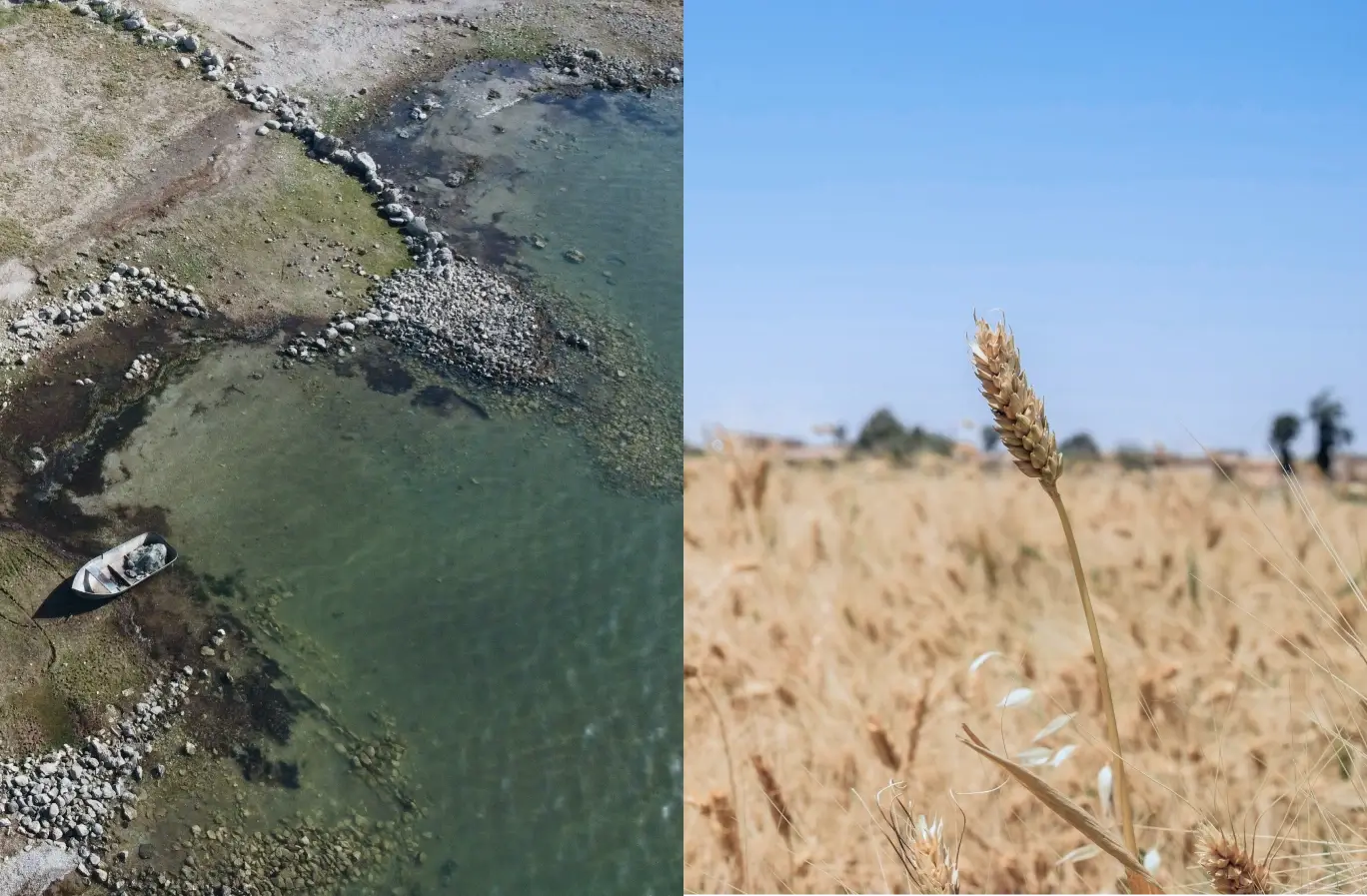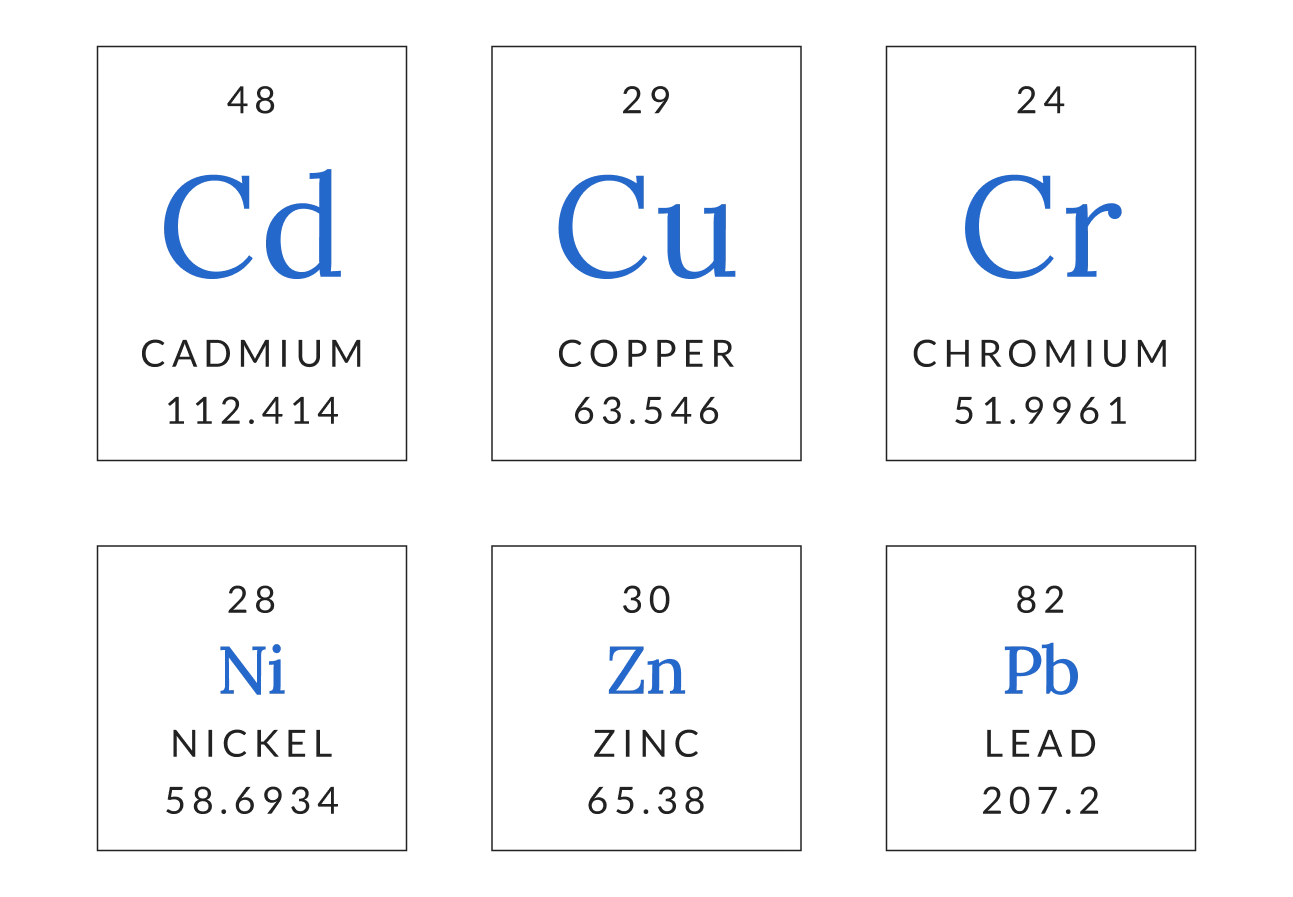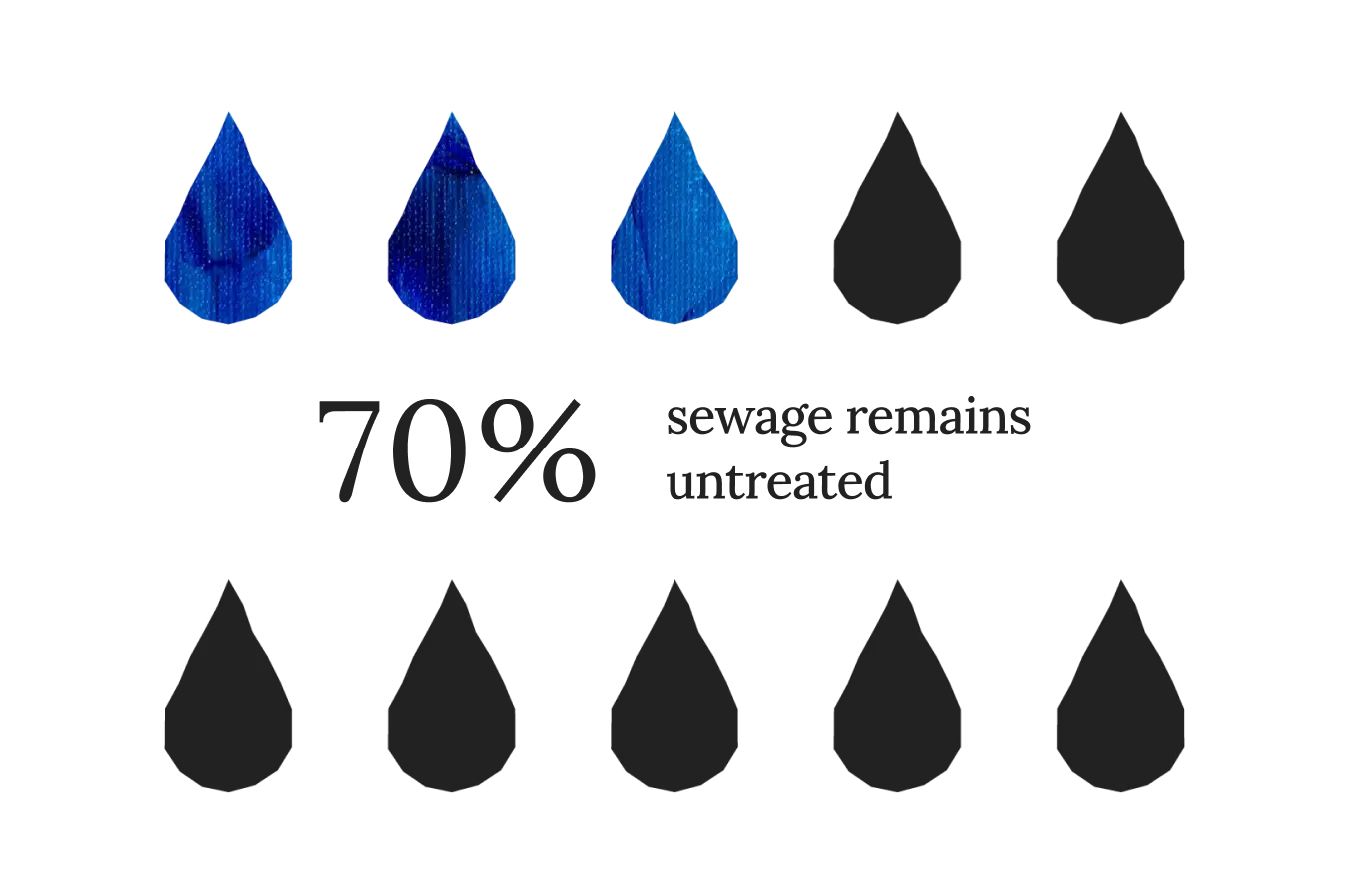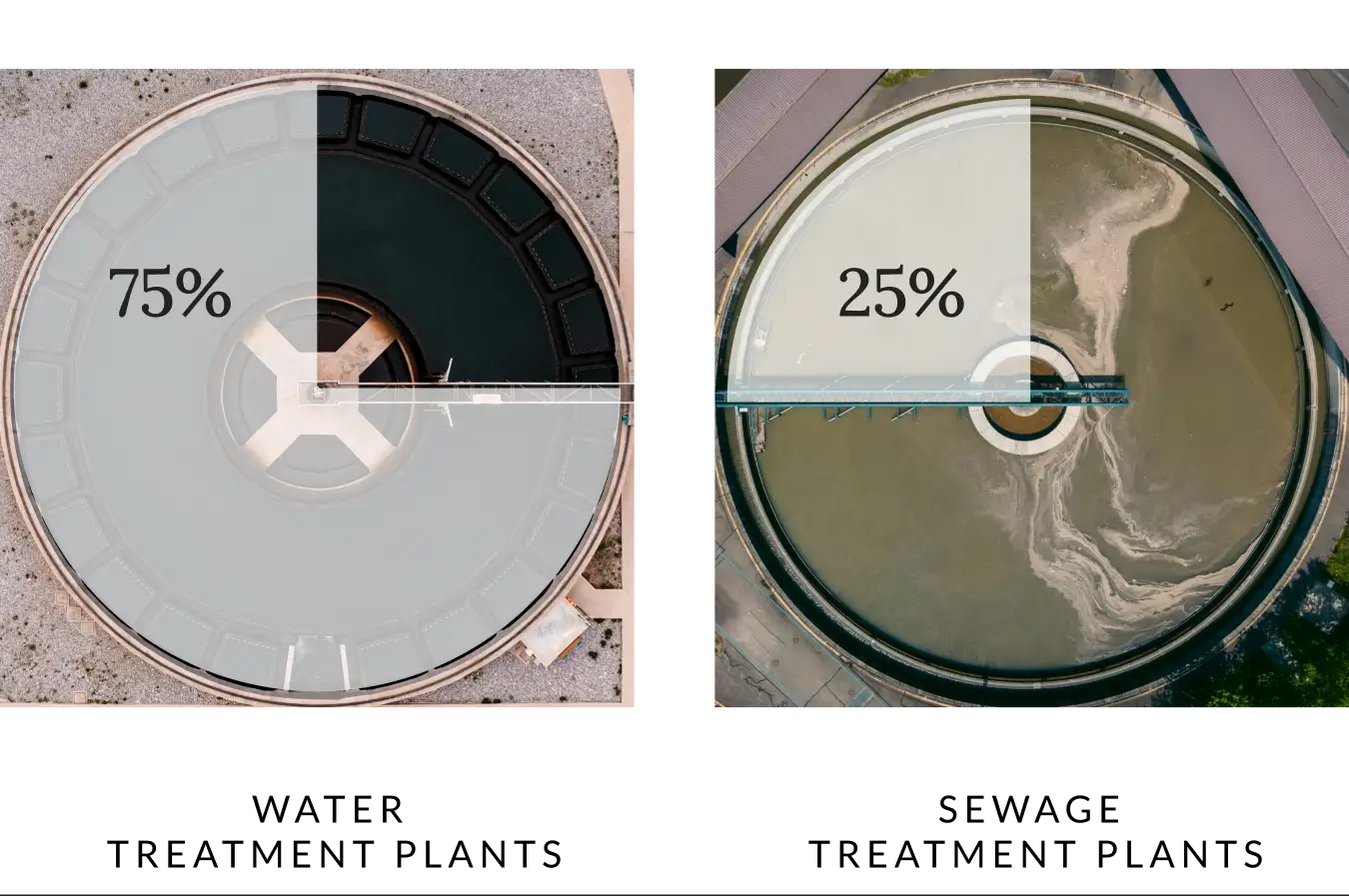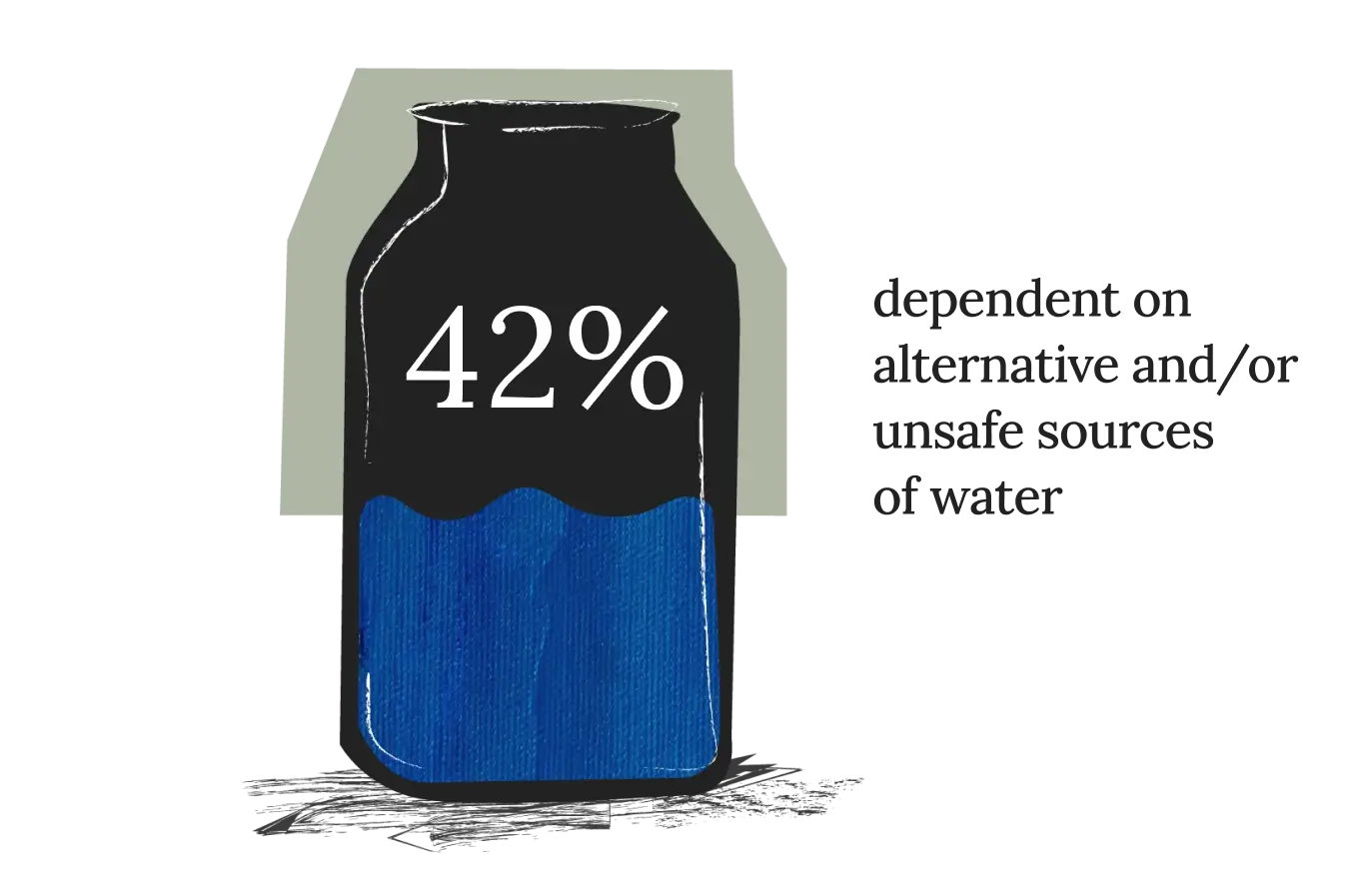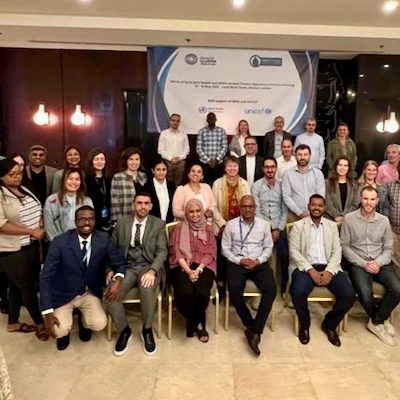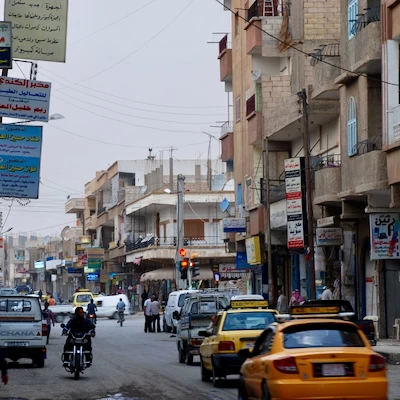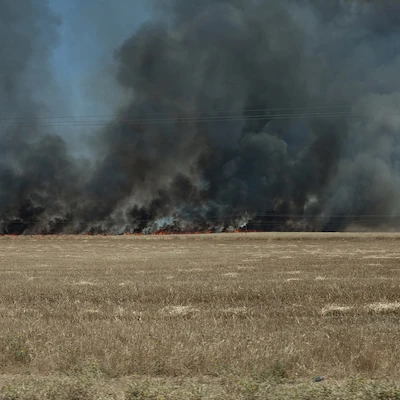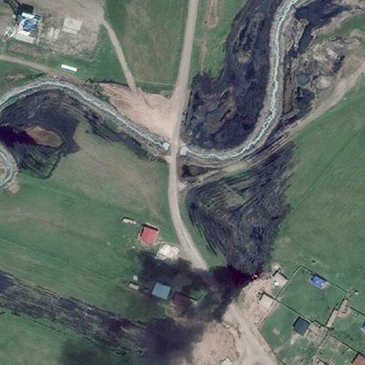Read More

Cloudy Waters
Water quality concerns along the Euphrates
Published: 22 Mar, 2024
Story by UNDP Syria and Onewater
Oil
Heavy metals
Sewage
Solutions
These challenges can be addressed effectively if the appropriate methods are used.
Since pollution can flow from source to sea, affecting both upstream and downstream areas, the establishment of transboundary management is required.
REFERENCES
Al-Ansari, N., AlJawad, S., Adamo, N., Sissakian, V. K., Laue, J., & Knutsson, S. (2018). Water quality within the Tigris and Euphrates catchments. Journal of Earth Sciences and Geotechnical Engineering, 8(3), 95-121. https://www.diva-portal.org/smash/record.jsf?dswid=-5126&pid=diva2%3A1199708
Al-Ansari, N., Jawad, S., Adamo, N., & Sissakian, V. (2019). Water quality and its environmental implications within Tigris and Euphrates rivers. Journal of earth sciences and geotechnical engineering, 9(4), 57-108. https://www.diva-portal.org/smash/record.jsf?dswid=-5126&pid=diva2%3A1369452
Al-Khuzaie, M. M., Abdul Maulud, K. N., Wan Mohtar, W. H. M., & Mundher Yaseen, Z. (2024). Assessment of untreated wastewater pollution and heavy metal contamination in the Euphrates river. Environmental Pollutants and Bioavailability, 36(1), 2292110. https://doi.org/10.1080/26395940.2023.2292110
Babuji, P., Thirumalaisamy, S., Duraisamy, K., & Periyasamy, G. (2023). Human health risks due to exposure to water pollution: a review. Water, 15(14), 2532https://doi.org/10.3390/w15142532
Eneh, S. C., Admad, S., Nazir, A., Onukansi, F. O., Oluwatobi, A., Innocent, D. C., & Ojo, T. O. (2023). Cholera outbreak in Syria amid humanitarian crisis: the epidemic threat, future health implications, and response strategy–a review. Frontiers in Public Health, 11, 1161936. https://doi.org/10.3389/fpubh.2023.1161936
Haseena, M., Malik, M. F., Javed, A., Arshad, S., Asif, N., Zulfiqar, S., & Hanif, J. (2017). Water pollution and human health. Environmental Risk Assessment and Remediation, 1(3).https://eastafricaschoolserver.org/content/_public/Environment/Teaching%20Resources/Environment%20and%20Sustainability/Water-pollution-and-human-health.pdf
Karem, D. S., Zahra’a, S., Saleh, S. M., Mohammed, A. H., & Al-saad, H. T. (2024, February). Environmental assessment of Heavy Metals in Sedi-ments of Tigris, Euphrates, Shatt Al-Arab rivers and northern west of Arabian Gulf. In IOP Conference Series: Earth and Environmental Science (Vol. 1300, No. 1, p. 012026). IOP Publishing.http://doi.org/10.1088/1755-1315/1300/1/012026
khan Al Madany, H. A. A. (2016). Evaluation of Oil and Grease Contamination of Euphrates River during 2010-2011. Evaluation, 8(5).https://core.ac.uk/download/pdf/234678369.pdf
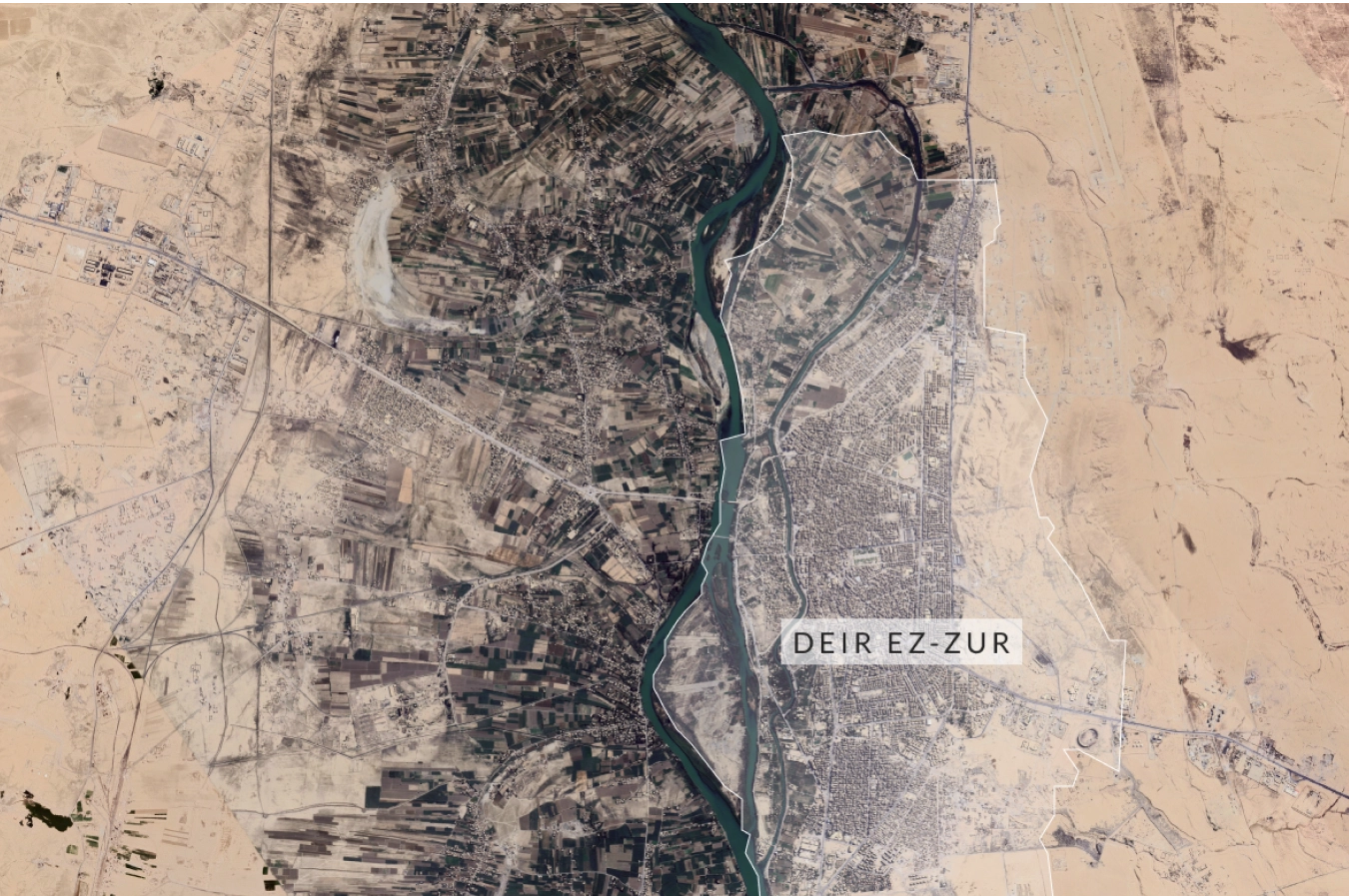
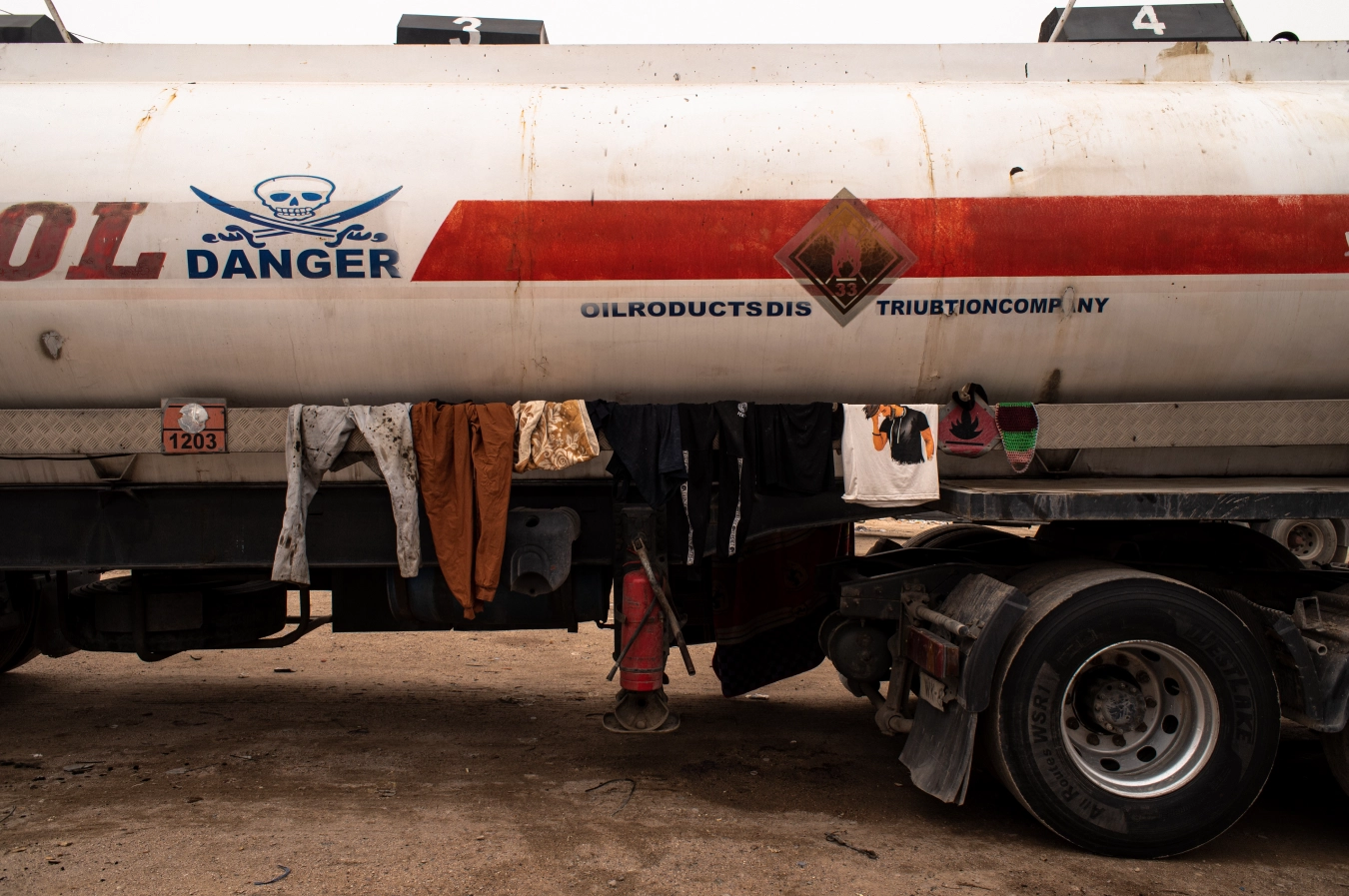
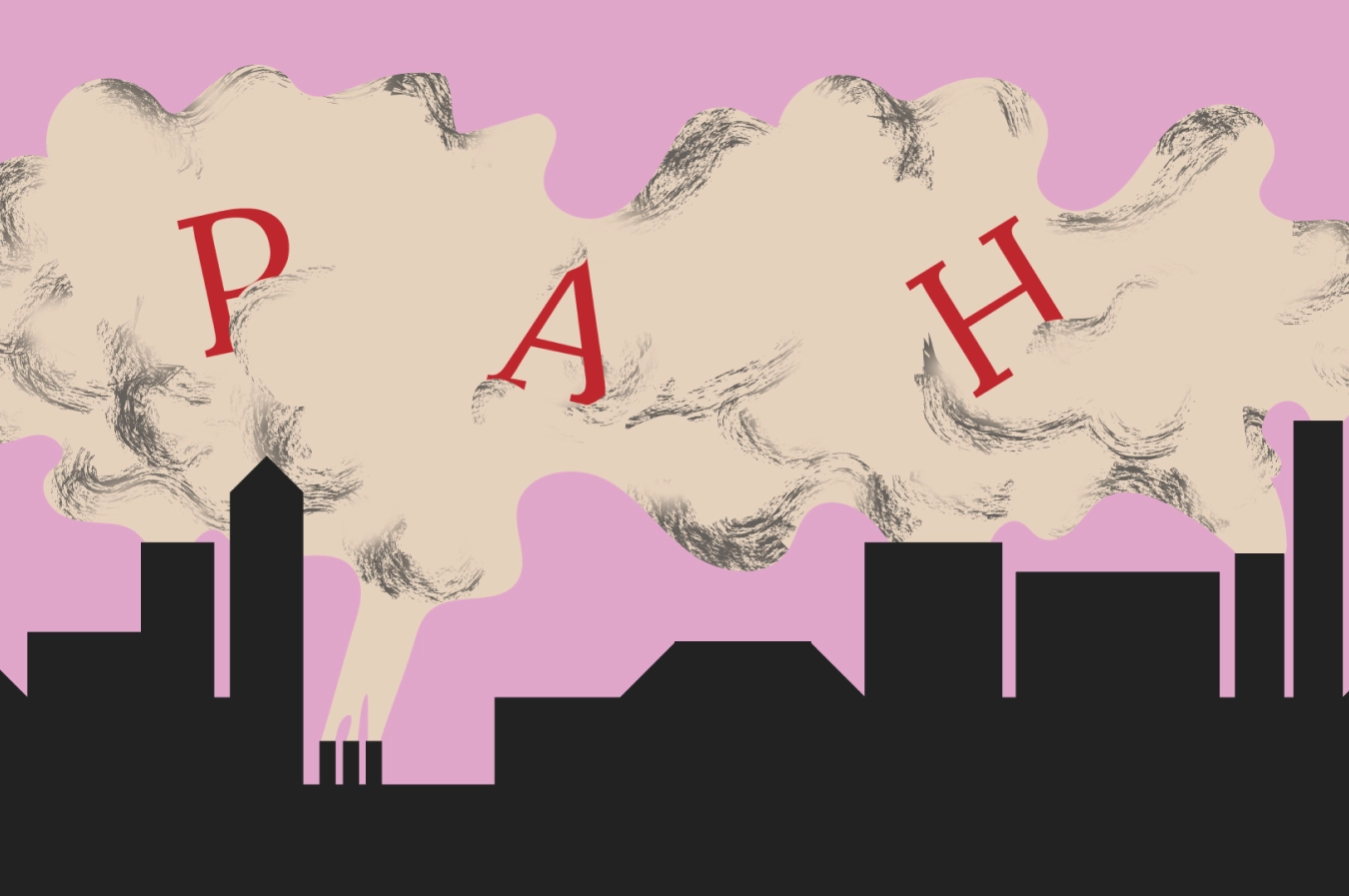
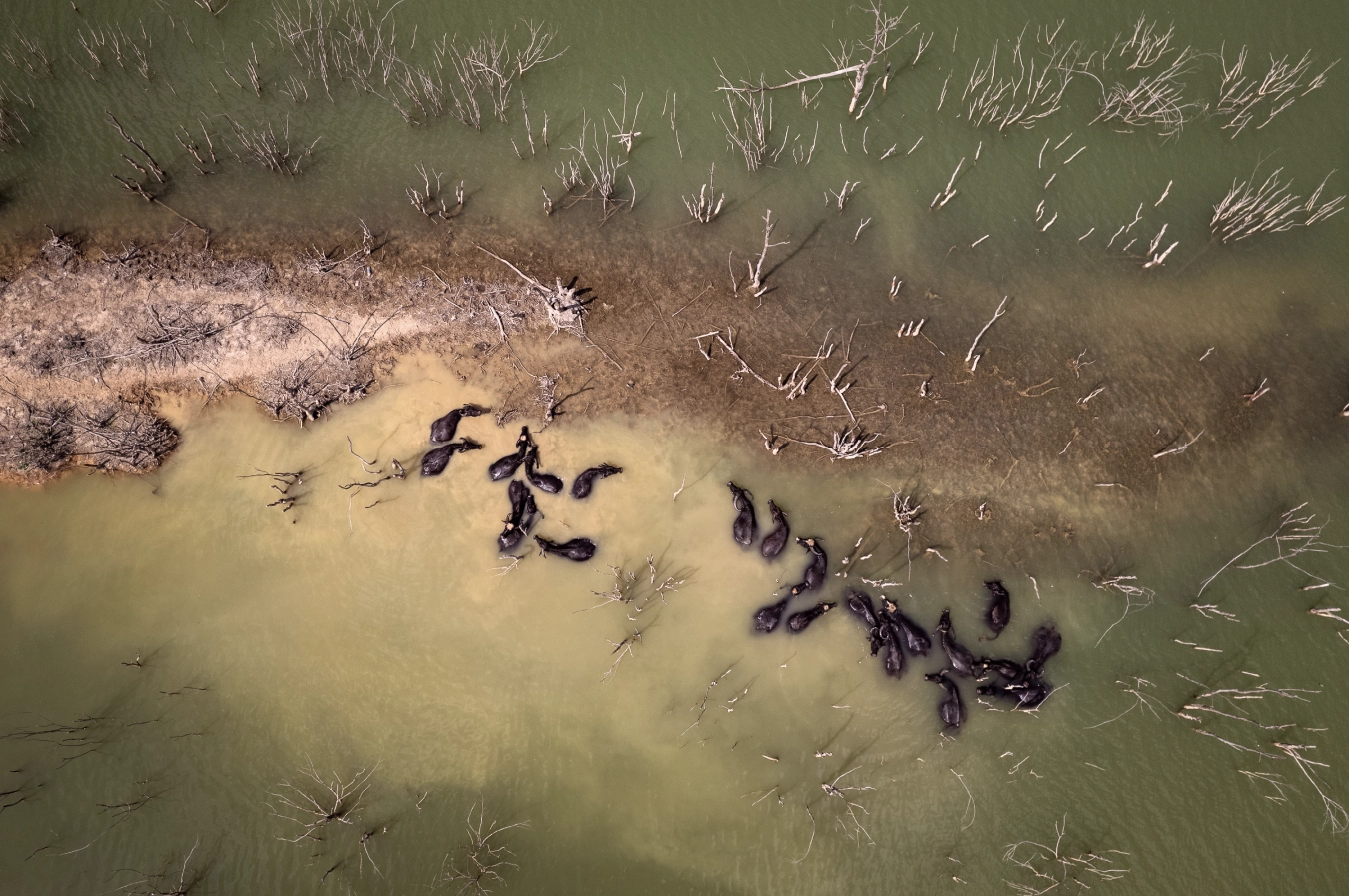

.webp?alt=media&token=32e87daf-298b-44f3-b285-763882a26120)
